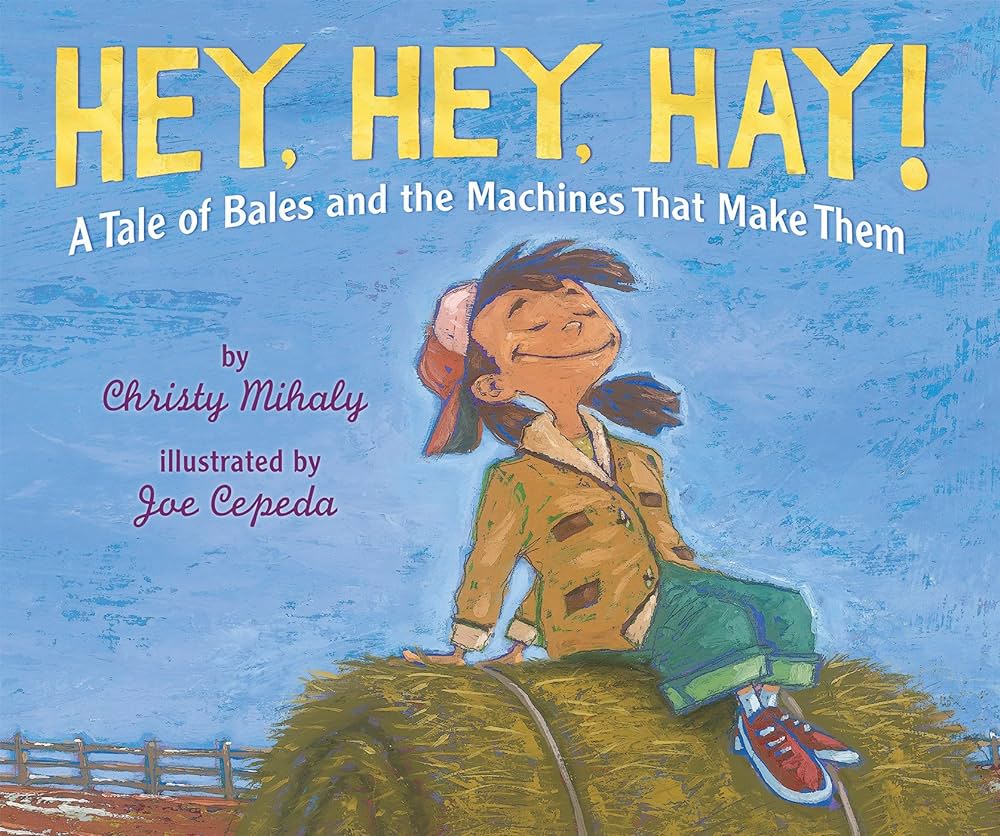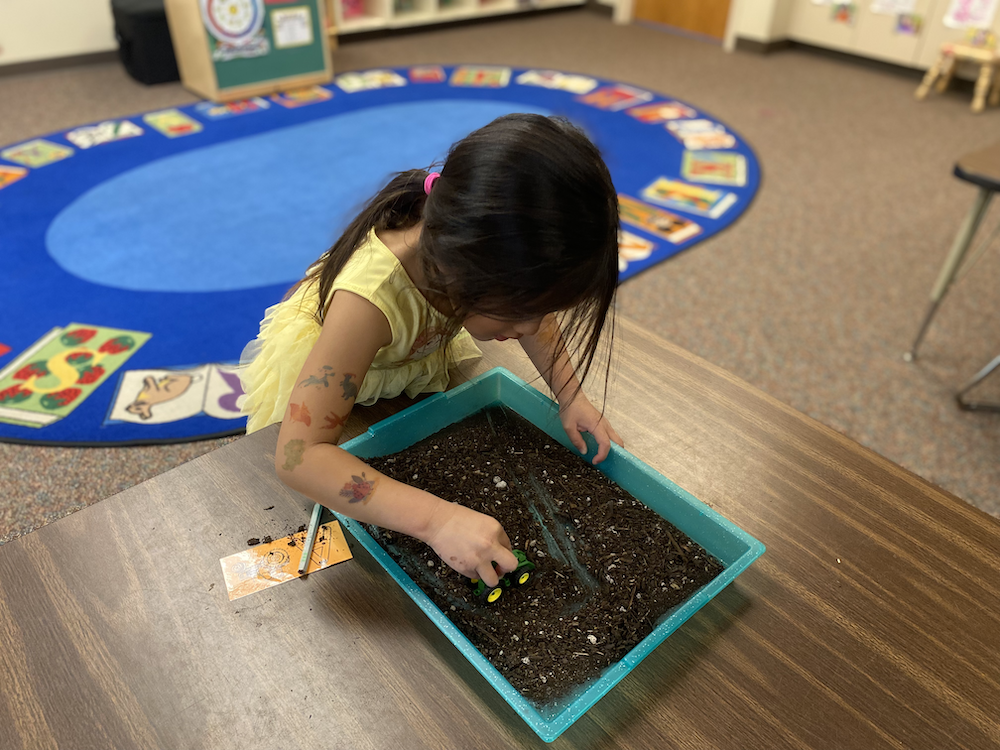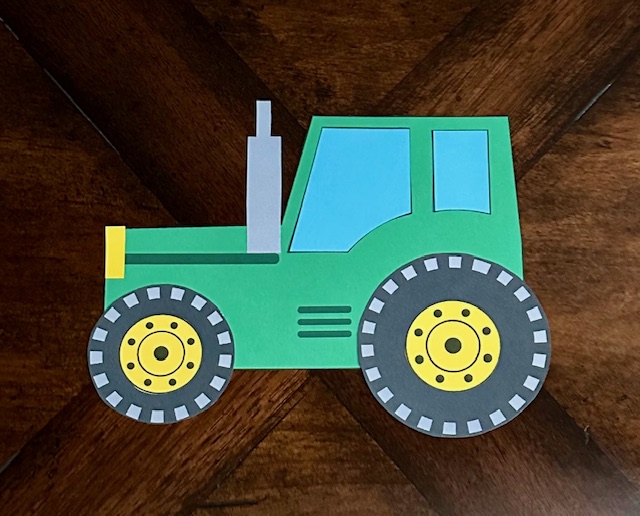Background Agricultural Connections
In an effort to simplify the idea of where food comes from, many early learners are implicitly taught that most farms look like the farms of the past: a single family living and working on a farm to provide for their day-to-day needs. In the past, the entire family would work on the farm and there was always work to be done. Typically, these farms would grow many different fruits and vegetables, with a big barn that housed a variety of livestock animals: a small brood of chickens, a horse, several cows and pigs, and a small herd of sheep. The family's food came from their own farm. Although some farms are still like that, today we get most of our food from much larger farms—still family owned—that specialize in growing one type of food. There are egg farms, dairy farms, almond farms, and apple farms. Modern farms require specialized knowledge, skills, and machinery in order to survive the global marketplace.
This lesson is part of a series called, Life on the Farm. The remaining lessons can be found at the following links:
A machine is a device used to make work easier. People appreciate machines because they save time and human energy. Machines are a basic part of our heritage. The human's innate genius for invention and tinkering has resulted in the creation of many machines. Thus, machines have turned people's dreams into reality. Almost everything people do depends, in some way, on machines—simple or complex. The development of agricultural implements has not only made work easier for the farmer, but advanced technology continues to make the machines more efficient.
 Read Hey, Hey, Hay by Christy Mihaly.
Read Hey, Hey, Hay by Christy Mihaly. Read the book, Tremendous Tractors by Tony Mitton and Ant Parker.
Read the book, Tremendous Tractors by Tony Mitton and Ant Parker. Explain to the students that they will be practicing making letters by choosing an
Explain to the students that they will be practicing making letters by choosing an  The goal of the game is to correctly guess the mystery number that has been selected by another player using a number line. Ask for a volunteer to partner with you to demonstrate the game to the class.
The goal of the game is to correctly guess the mystery number that has been selected by another player using a number line. Ask for a volunteer to partner with you to demonstrate the game to the class. Once all the parts are cut out, help the children assemble the tractor by gluing the parts together to match the attached photo of the completed tractor.
Once all the parts are cut out, help the children assemble the tractor by gluing the parts together to match the attached photo of the completed tractor.